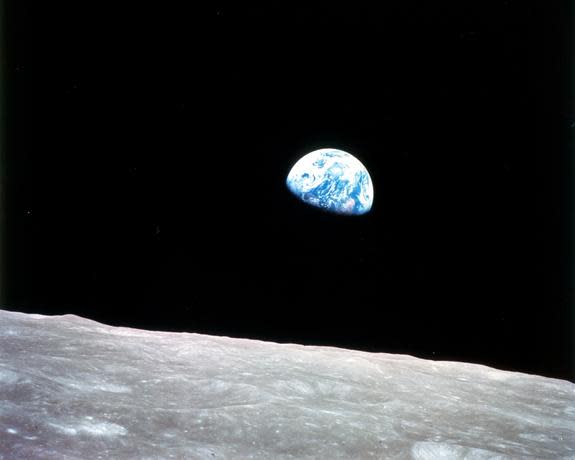
Aloha – I have had a story bouncing around inside my head for several years now that has been trying to escape. It is not typical of the story I want to write as I prefer looking at an optimistic future and like the young adult or middle school science fiction genre as my forum. Global warming fact or fiction? I was an early skeptic on the whole global warming fad. After all, the best known spokesperson, Al Gore, is a major energy waster in my opinion. So credibility sunk before he even spoke.
A couple of years ago I was on a trip with my sweetheart to Banff National Park in Alberta, Canada. If you have never visited, it remains one of my favorite destinations. Every direction, every place you stop could be a stand alone postcard of nature and beauty. Another benefit is that I’m not too worried about Ebola or Malaria or … One day we chose to drift into Jasper National Park which is just north of Banff. We drove up to the ice fields on the tri-continental divide. This is an very interesting place for a very short visit for us novices (and helped set the stage for the ice fields of Demeter in Return to Demeter). The ice fields were surrounded by glaciers. To get onto the ice fields you had to travel by an enclosed tractor RV. The fields were well marked and you had to stay inside the boundaries as there were places you could fall through the ice and fall up to a thousand feet.
My wife observed that the ice fields had been 1200 feet thick when she was a girl, but now they are only 1,000 feet thick and shrinking. The ranger started his spiel and I was ready to hear another story about how we humans were causing global warming. Imagine my surprise when he started by telling us that in fact the Earth is going through a normal 35,000 year cycle of global warming. This is caused by the Earth’s odd long-term orbits around the Sun. He added that we were approaching the cycle where or orbits were nearest the Sun, and therefore we were approaching the apex of global warming, which would gradually turn to global cooling and another ice age (large or small to be determined).
It was at this point that I realized that global warming is the responsibility of mankind. We have thumbs. We are inventive. And by now we should have been smart enough to create a really, really long stick so we could push ourselves a little further away from the Sun. (Ignore the fact that our stick would burn up if we were to use the Sun itself as our lever. After all we could use a passing asteroid, or perhaps Venus.
I do not disagree that mankind has the capability of influencing the climate (especially regarding pollution) to some degree. But, I am not arrogant enough to think that not building oil refineries will eliminate the volcanic ash of the next major volcano eruption. One of those caused a minor ice age in Europe a few centuries ago.
Anyway, it would make an interesting story to address the two sides of this to an extreme. Think I’ll start on that later this year.






/assets.sbnation.com/uploads/chorus_asset/file/2650712/Rosetta_mission_selfie_at_16_km_node_full_image_2.0.png)